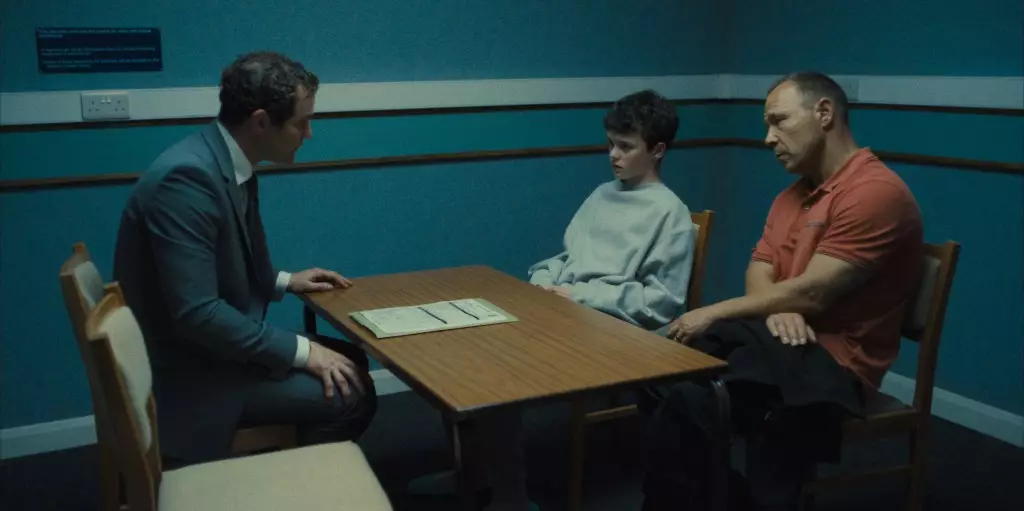In an era where technology saturates daily life, the online radicalization of young men presents a dire challenge. The increasing incidence of violent behaviors among adolescents is not merely a surface issue; it is a symptom of deeper societal failures. With the alarming statistics surrounding youth violence and the potent influence of the internet, it is crucial that we examine the underlying factors and implement strategies to combat this crisis effectively.
Jack Thorne’s Commitment to Change
Jack Thorne, the co-creator and writer of the limited series *Adolescence*, has stepped forward to address this pressing issue head-on. By aligning with the Smartphone Free Childhood group’s Parent Pact, Thorne is advocating for a transformative approach to parenting in the digital age. The decision to wait until the age of 16 for children’s first smartphones reflects a keen awareness of the challenges posed by unregulated access to technology. Thorne’s perspective, shared in *The Guardian*, highlights his deep concern for his own son’s future. This stance resonates with many parents who are grappling with the weight of their children’s digital exposure.
Understanding the Criterion of “Critical Age”
Defining the “critical age” of smartphone ownership raises essential questions. Is age alone a sufficient measure of readiness to engage with the digital world? Or should emotional maturity and the ability to discern online risks also play pivotal roles? Thorne argues that the empowerment of parents to make informed choices is essential in curbing potential online harms. By promoting a collective commitment among parents, as seen with notable figures like Benedict Cumberbatch and Paloma Faith supporting the Parent Pact, society can cultivate a more cautious approach to technology use among the youth.
Reflecting on Societal Issues Through Art
*Adolescence* serves as a critical reflection on the intersection of youth, violence, and societal expectations. With a unique storytelling approach—each of its four episodes filmed in a single take—the series confronts the harsh realities facing young individuals today. Following the story of Jamie Miller, a 13-year-old embroiled in a murder case, Thorne and co-creator Stephen Graham invite audiences to grapple with the complex questions surrounding masculinity and aggression. Their work boldly avoids simplified narratives, instead encouraging viewers to engage in discussions that probe the root causes of youth violence.
Illuminating Overlooked Issues
Thorne’s insight into violence against women highlights a pressing and oft-ignored societal issue that requires urgent attention. By framing these discussions within the context of a compelling narrative, he brings visibility to a subject that many would prefer to overlook. Empowering young men to articulate their struggles, understand their emotions, and confront societal pressures is an essential step toward breaking the cycle of violence.
While traditional narratives may cast youth simply as perpetrators or victims, *Adolescence* challenges this view by providing a more nuanced understanding of their experiences. Through Thorne’s work, the importance of empathy and dialogue emerges, suggesting that only through engagement can we hope to initiate meaningful change.
